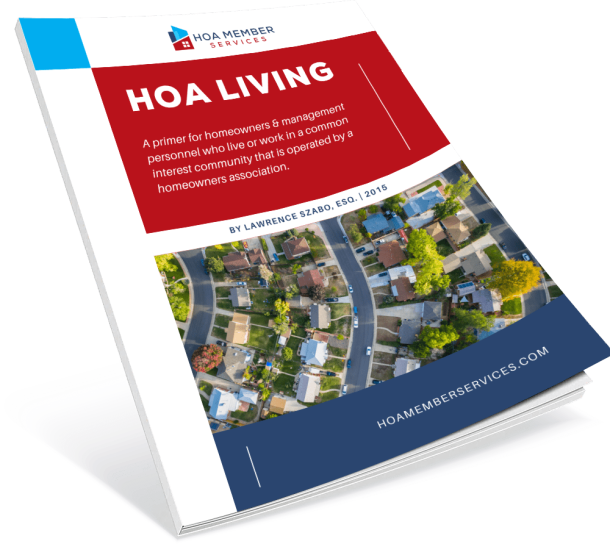HOA Mold Damage Liability that Results from Water Leaks – Who is Liable?
- Use and Maintenance
A common problem that frequently results in litigation between condominium owners, their homeowners’ associations, and their respective insurance carriers relates to who is responsible for damages that result from mold contamination caused by unrepaired moisture. In the typical scenario, the moisture that creates the mold is caused by a condition that originates in the common area, such as a roof leak, a broken water pipe, or poor exterior waterproofing. When an owner experiences mold on the drywall within their unit, or behind the drywall, conflicts over who is responsible for cost of abating the mold and the resulting repairs are commonplace.
Responsibility for Common Area Maintenance
An association has a duty to maintain the common areas unless the association’s governing documents state otherwise. In addition, the association’s directors have a duty to maintain the common areas in a reasonable manner to prevent injury to third persons. This duty necessitates the board making routine maintenance checks of the common areas and responding in a reasonable time and manner to complaints about issues involving areas that are under the association’s control. The directors of associations that retain property managers should also periodically check to verify that the management company is performing its maintenance functions, because the directors are ultimately responsible for common area maintenance.
The association maintenance duties include: (i) a duty to inspect the common areas; (ii) a duty to investigate complaints; and (iii) a duty to make necessary repairs.
If the association does not have adequate funds to repair and maintain the common area components, the board should attempt to raise assessments and should document its efforts to do so. Thus, even if the association’s members refuse to approve a proposed increase, the directors will have demonstrated a good faith effort to fulfill their duties.
Water Damage and Mold Contamination
Regardless of fault, damage to common areas must be repaired. If the leak is an owner’s responsibility and he, or she, refuses to repair the leak, the association has three options:
Subscription Required to Continue Reading
To view the full HOA Featured Article, you must have a Subscription with HOA Member Services
Become a Member
Personal Monthly
-
Access to over 600 Articles & Case Decisions
-
Access to hundreds of Resources
-
HOA Newsletter
-
Free Copy of HOA LIVING
-
25% OFF Download Forms
-
1 User
Personal
-
Access to over 600 Articles & Case Decisions
-
Access to hundreds of Resources
-
HOA Newsletter
-
Free Copy of HOA LIVING
-
25% OFF Download Forms
-
1 User
Pro
-
Access to over 600 Articles & Case Decisions
-
Access to hundreds of Resources
-
HOA Newsletter
-
Free Copy of HOA LIVING
-
Free Unlimited Access to Download Forms (save $1000s!)
-
Unlimited Personal Support from HOA Attorney
-
1 User
HOA Team
-
Access to over 600 Articles & Case Decisions
-
Access to hundreds of Resources
-
HOA Newsletter
-
Free Copy of HOA LIVING
-
Free Unlimited Access to Download Forms (save $1000s!)
-
Unlimited Personal Support from HOA Attorney
-
Up to 10 Users

